Box jacking without cutting rail traffic
The need to cross under a circulation route, mainly a railway, has posed problems inherent to circulation from the beginning, which over time have been resolved according to technical development and the possibility of using adequate machinery.
The impossibility of suppressing the traffic during the execution of the work for the underpass is a fundamental premise, and from there all the solutions have started.
The execution of an underpass by hydraulic thrust, consists of the construction of the masonry in the vicinity of the final location and subsequent translation by hydraulic thrust across the track, to its final position, so as to minimize the impact to the tracks and therefore to the railway traffic. For this, the work is located and built nearby, on a concrete platform (slip screed) and once the required resistance has been achieved, the thrust is carried out using hydraulic cylinders that transmit the efforts to a reaction wall and to the ground itself. At the same time, the land is emptied so that the stability of the railway is not endangered. Prior to the push and to maintain the circulation of the trains, the shoring of the railway or railway is placed.
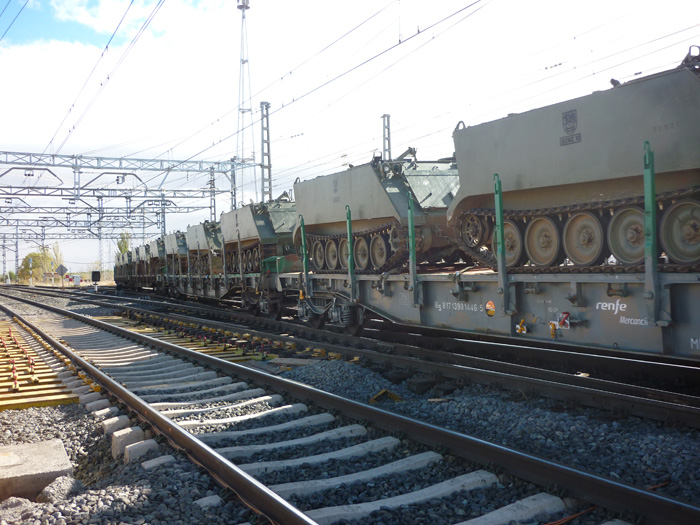
Provisional bypass bridge
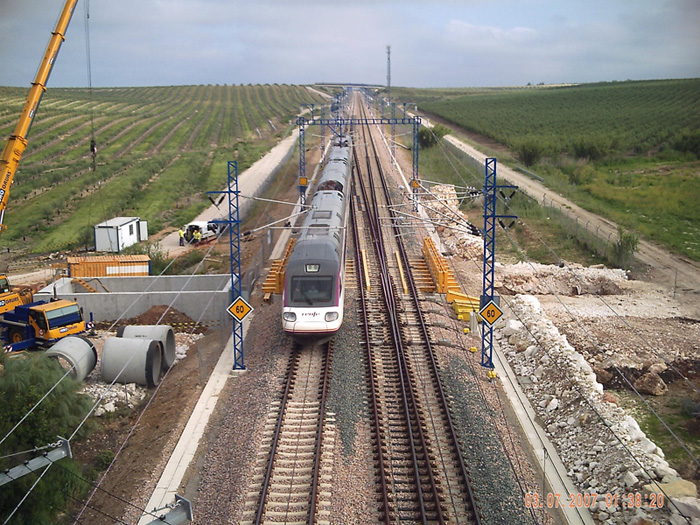
Provisional bypass bridge with a passing speed of 60 km/h
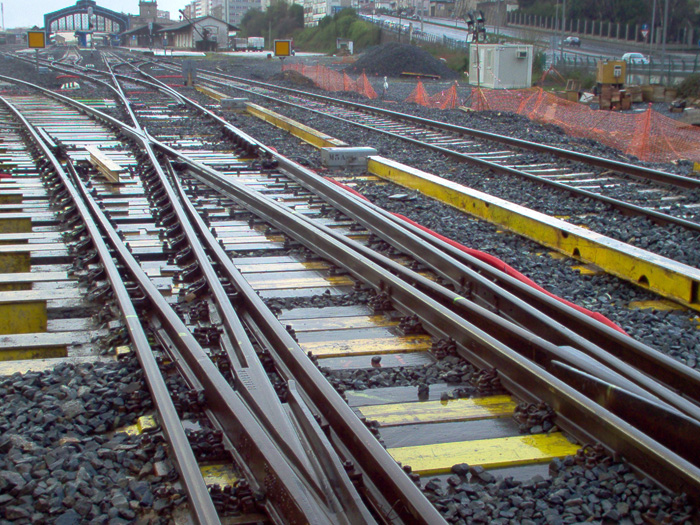
Provisional bridge in bundle of railways
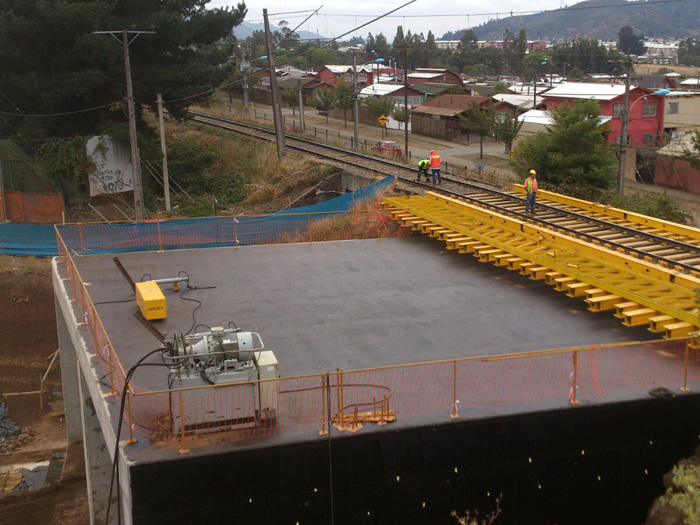
Provisional bridge on the Chilean railway
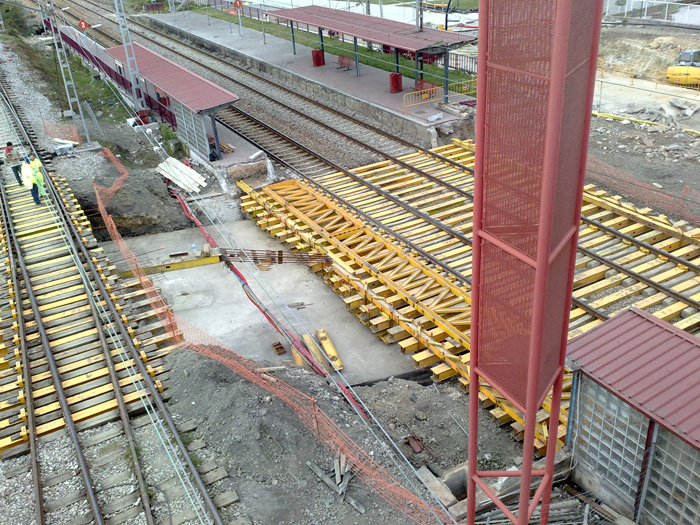
Provisional bridge on railway at different heights
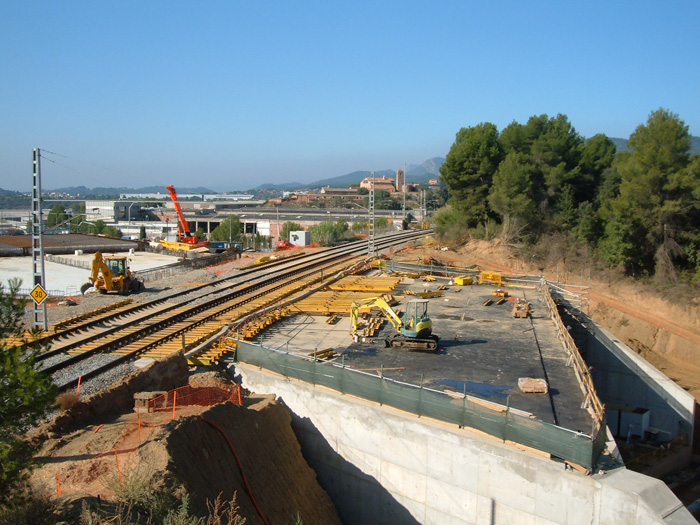
Provisional bridge on long railway
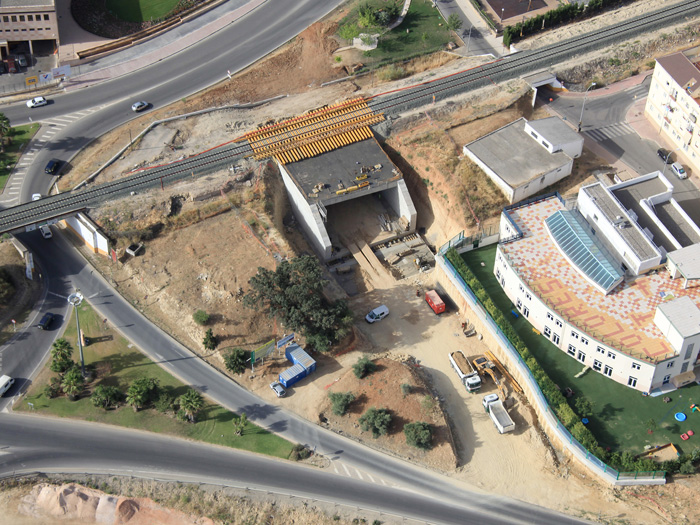
Provisional bridge on single railway
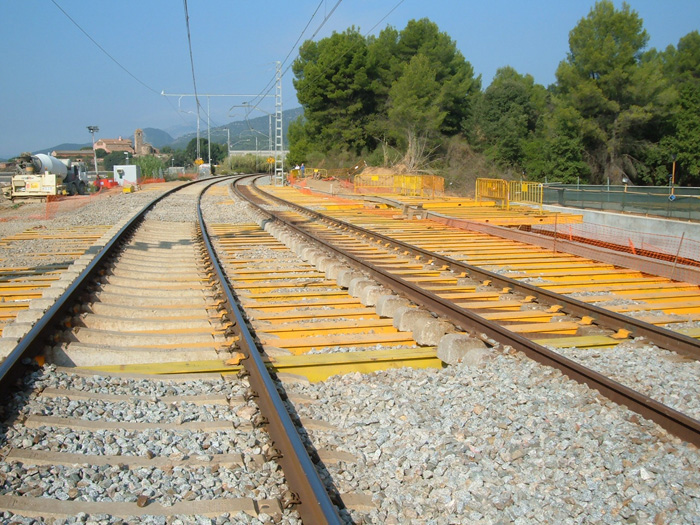
Provisional bridge on curved railway
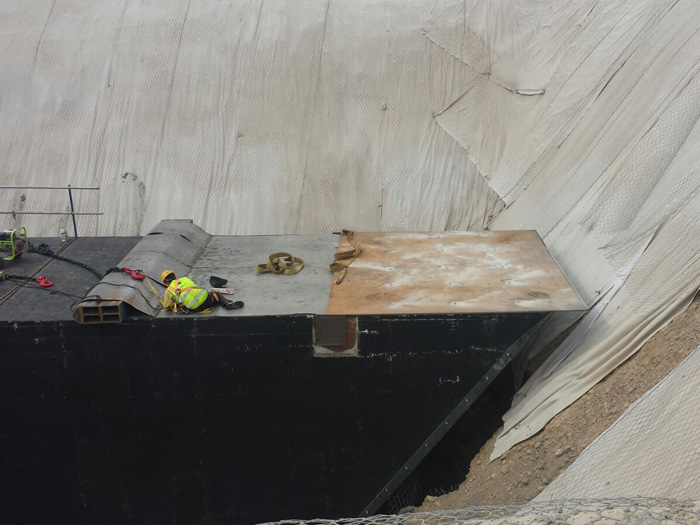
Box jacking under highway
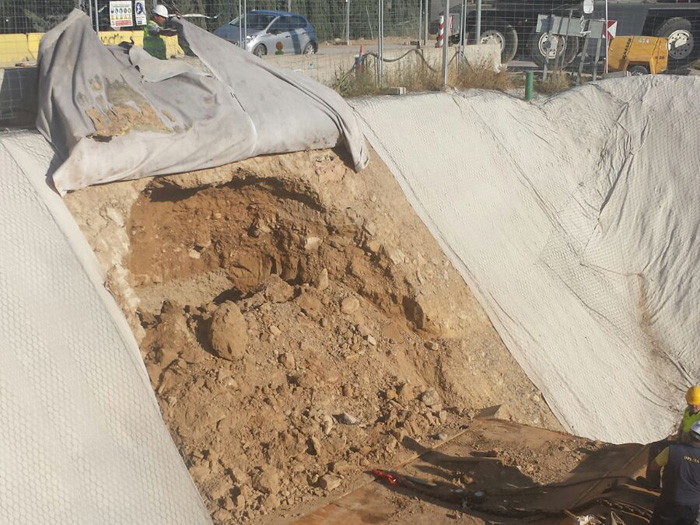
Box jacking under road
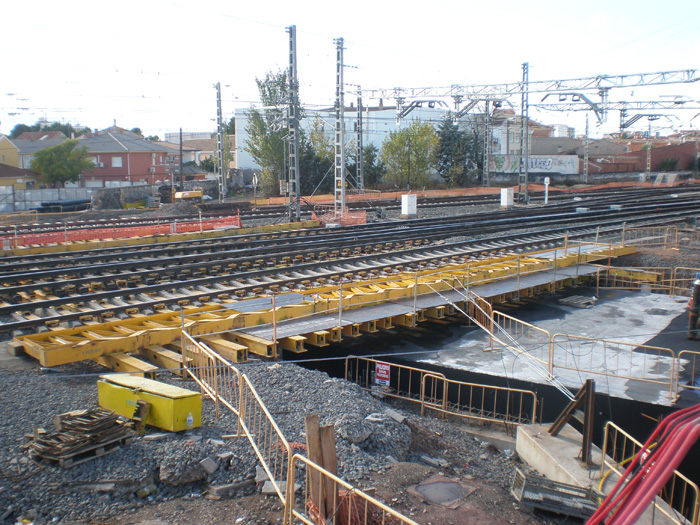
Box jacking under track beach
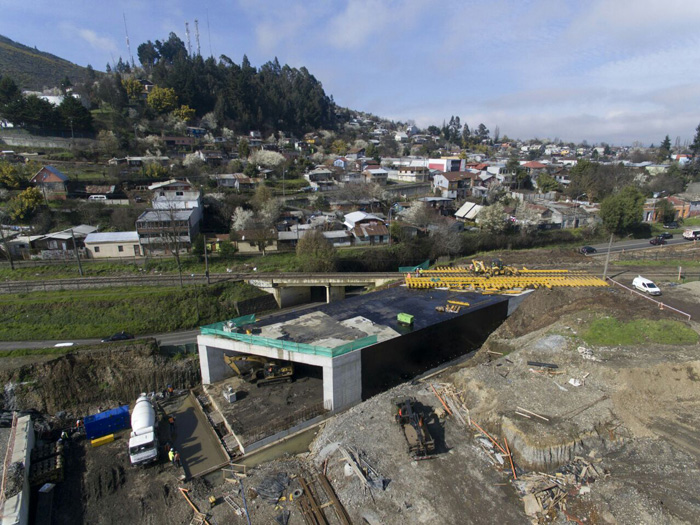
Box jacking under track
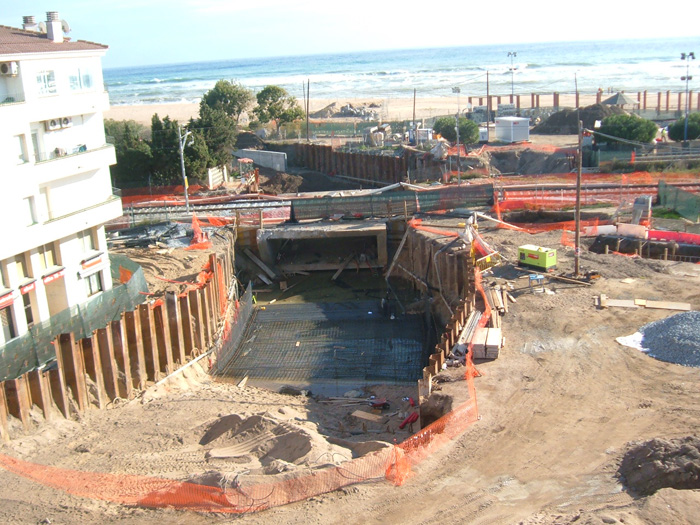
Underpass in flood zone
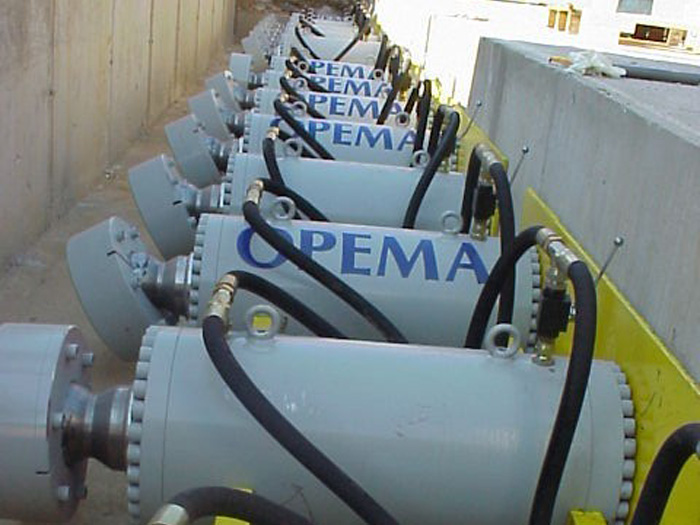
Hydraulic push cylinders
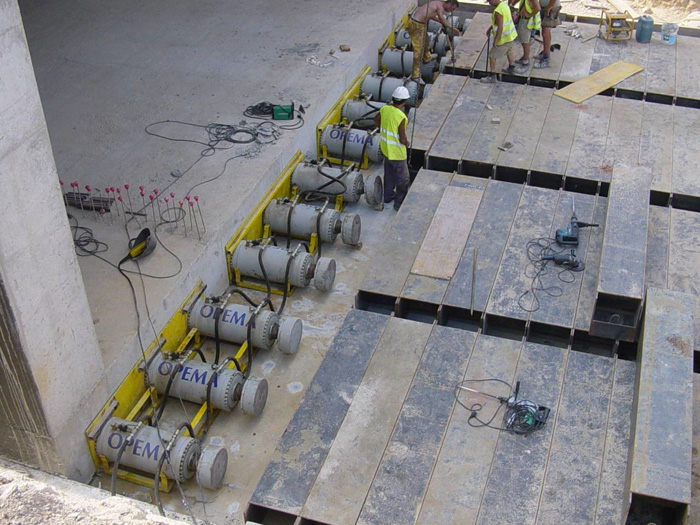
Drawer pusher equipment

